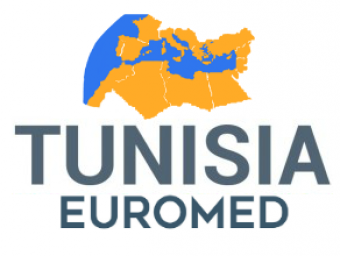During the G-20 leaders’ summit, held Saturday in India, a memorandum of understanding (MoU) was signed between the EU and seven countries to build an economic corridor linking Europe with the Middle East and India via rail and shipping lines.
The multinational railway and maritime project signed between India, the US, Saudi Arabia, the United Arab Emirates (UAE), France, Germany, Italy and the EU, aims to connect India to the Middle East and Europe to enhance trade, provide energy resources and develop digital connectivity.
While the signatory countries did not commit to a binding financial obligation, they agreed to prepare an action plan for the establishment of the India-Middle East-Europe Economic Corridor within two months.
The India-Middle East-Europe Economic Corridor will consist of two separate corridors: The Eastern corridor, which will connect India to West Asia and the Middle East, and the Northern corridor, linking West Asia and the Middle East to Europe.
The corridor will extend from India to the UAE, passing through Saudi Arabia, Jordan, and Israel and eventually connecting Europe.
While the corridor is seen as a challenge to China’s economic influence in the region, it is also expected to bring significant strategic and economic benefits to India.
Stressing the importance of the project, Indian Prime Minister Narendra Modi said the corridor would be a beacon of cooperation, innovation and shared progress for India, West Asia and Europe in the future.
During an afternoon session at the G-20 Leaders’ Summit, US President Joe Biden said the corridor would facilitate trade and energy exports.
Ursula Von der Leyen, president of the European Commission, described it as a “green and digital bridge across continents and civilizations.”
Saudi Crown Prince Mohammed bin Salman said the project would contribute to developing railway networks and infrastructure and create long-term business opportunities.
